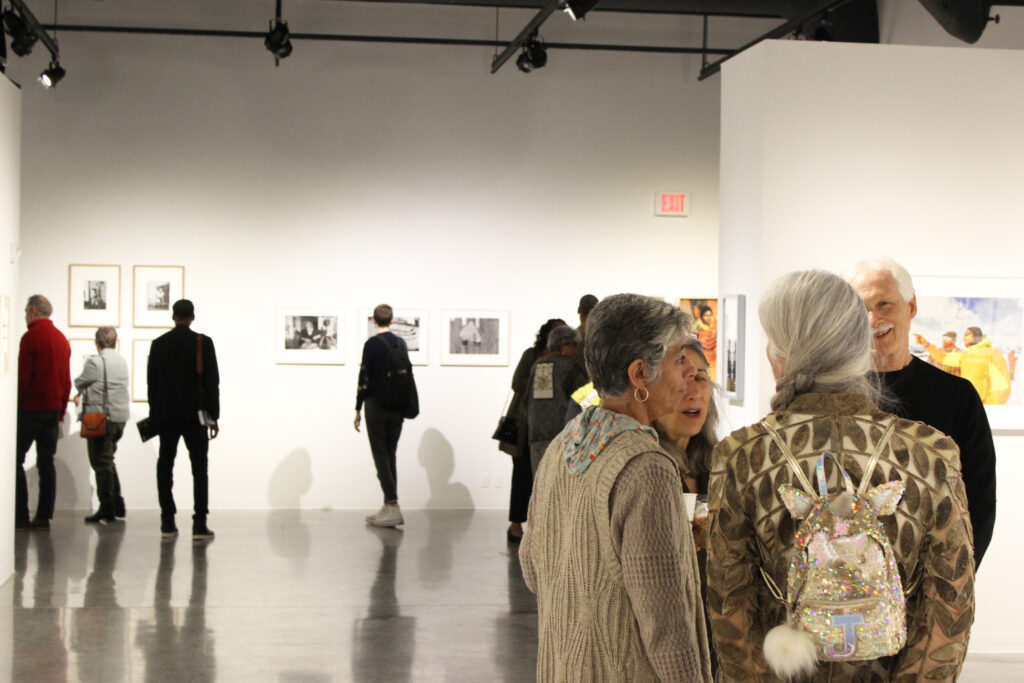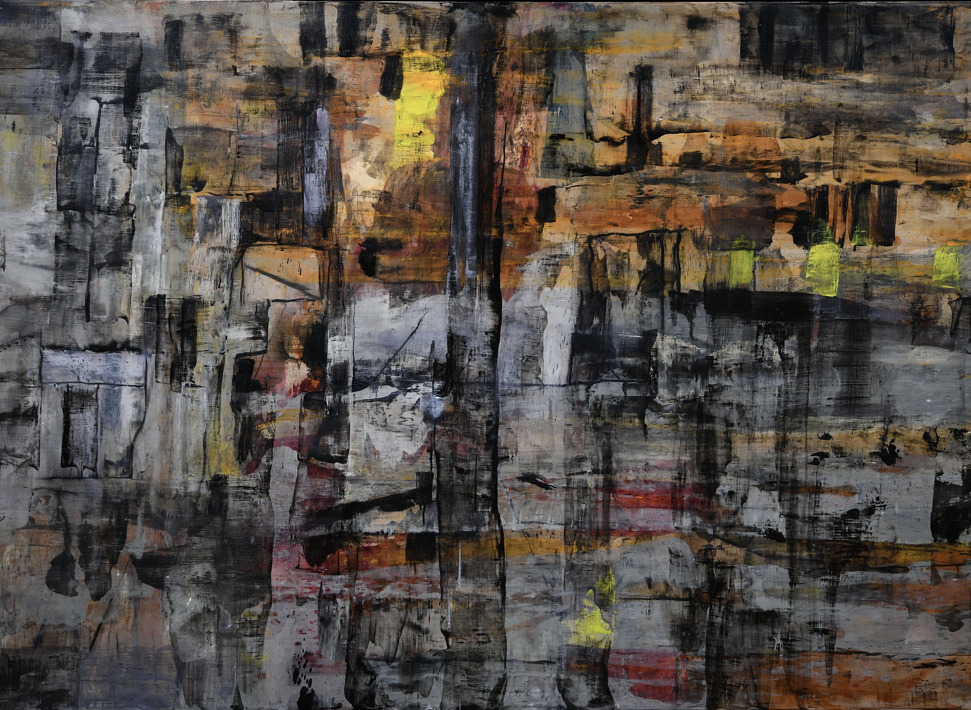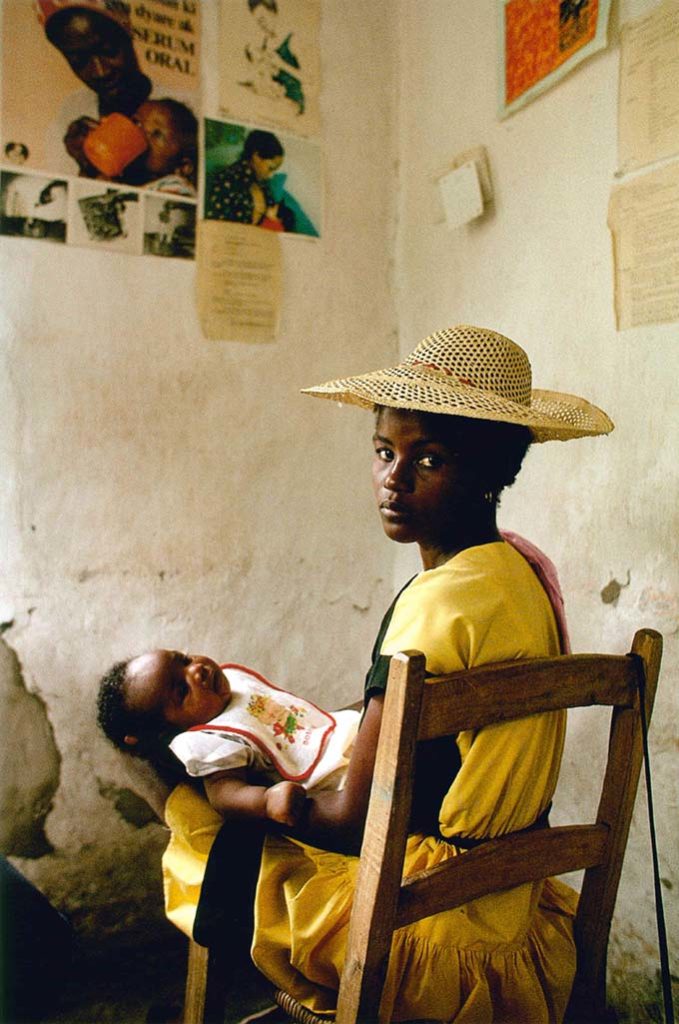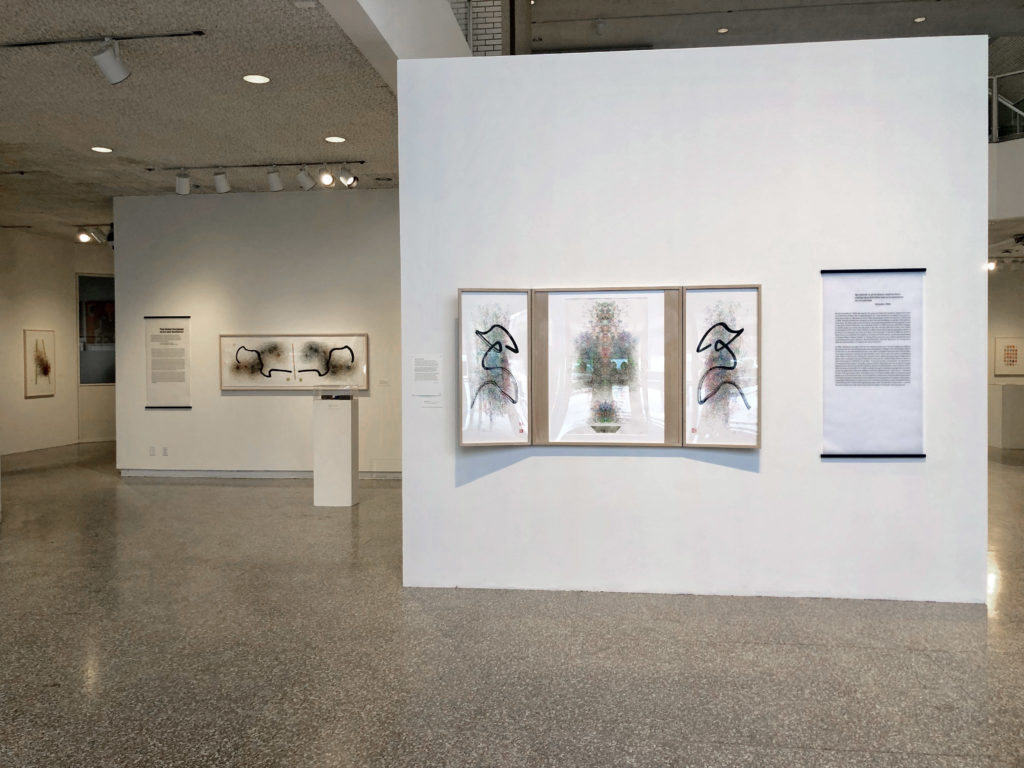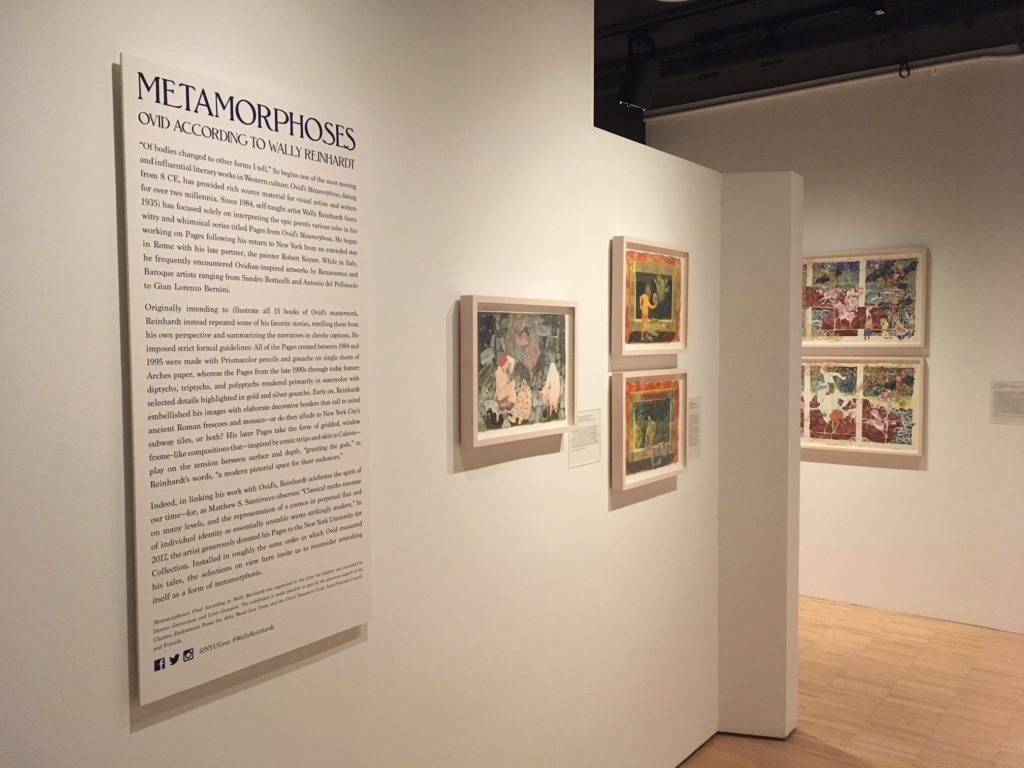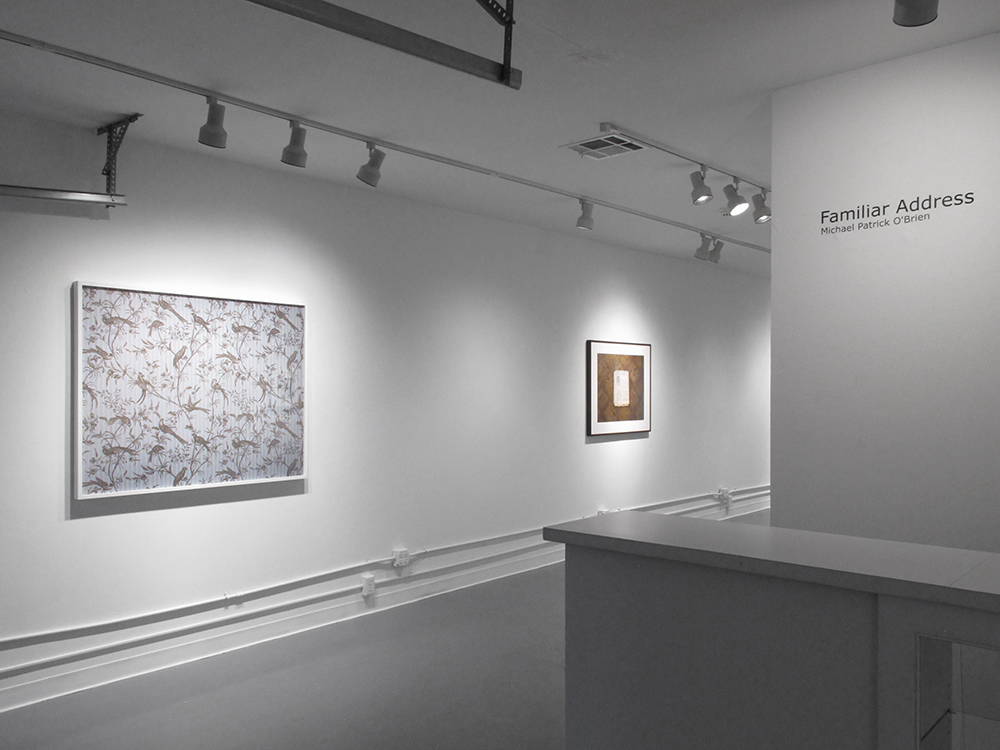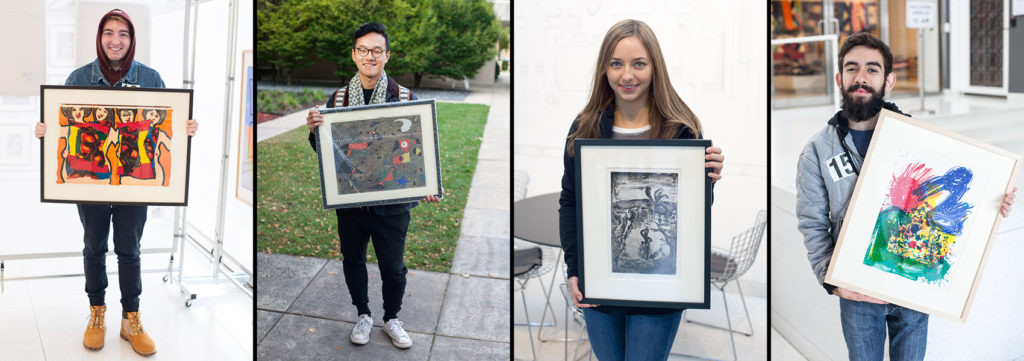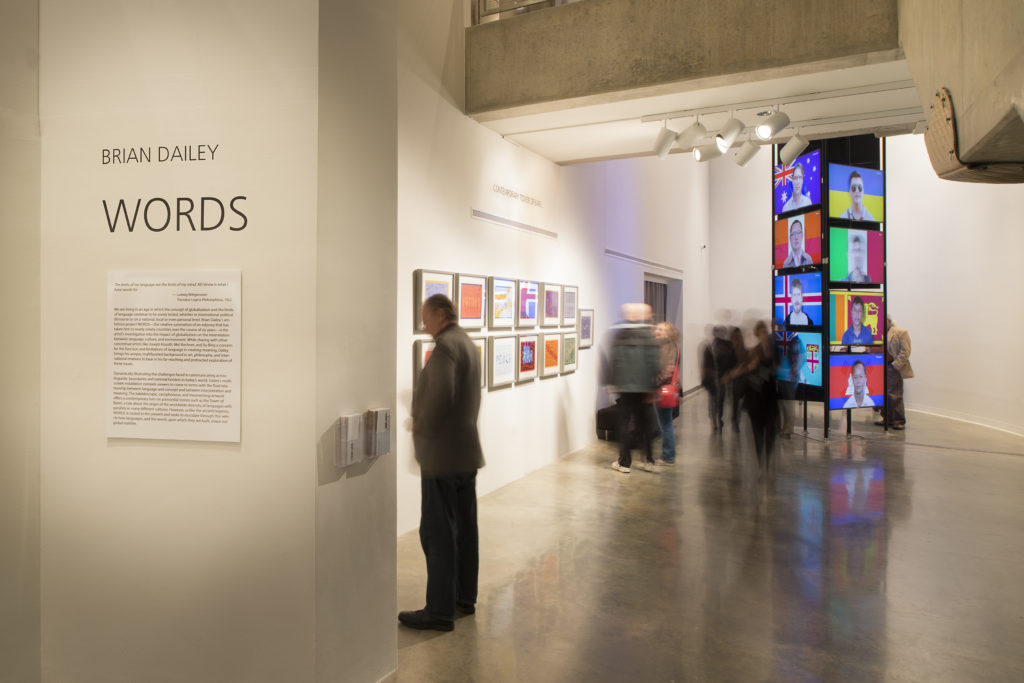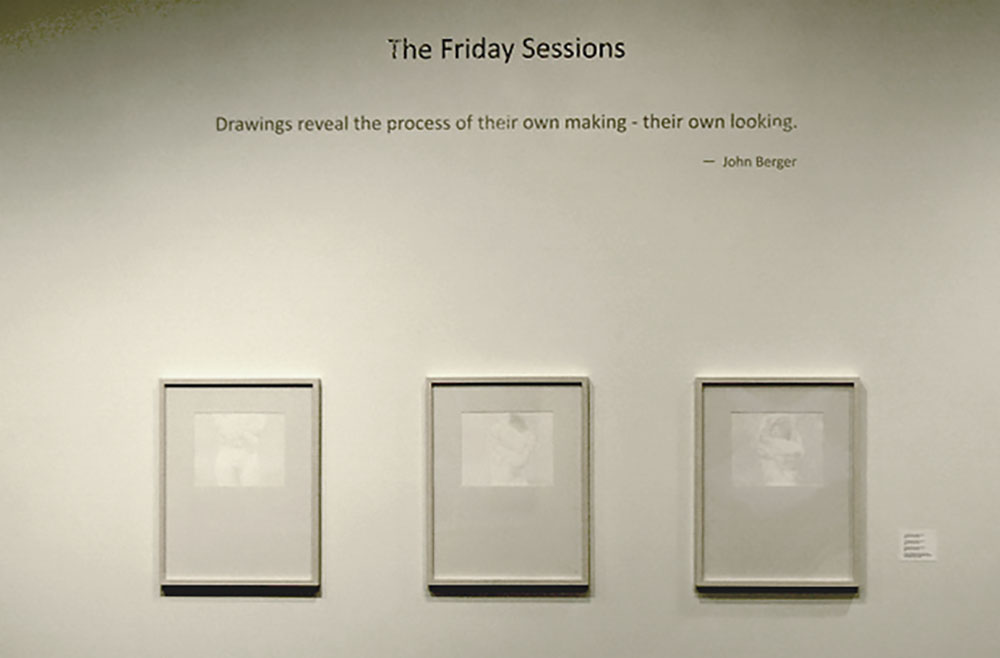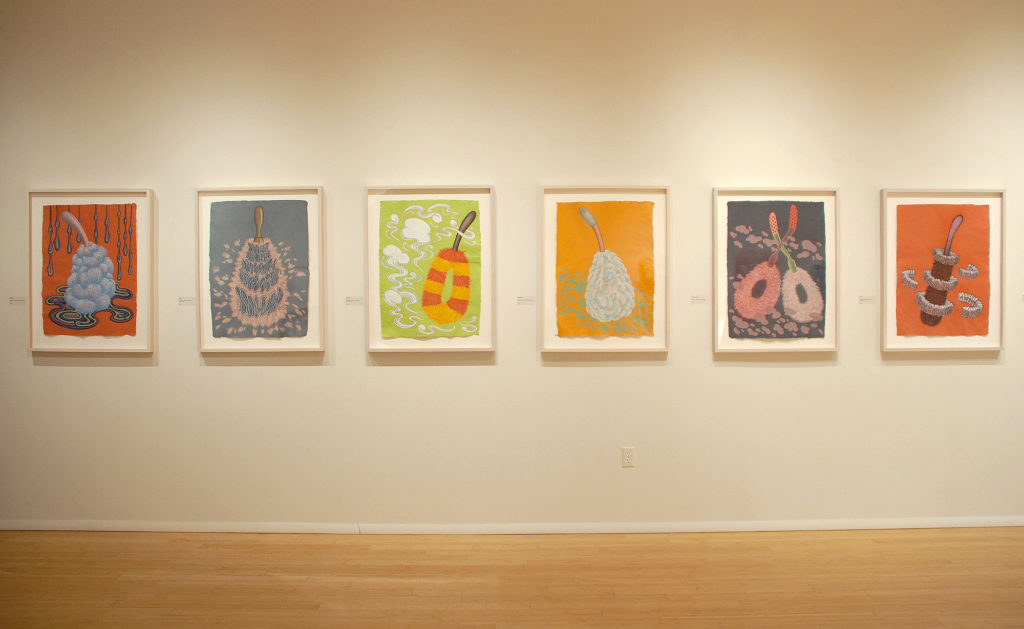Academic Museums and Galleries
“Picture Gallery of the Soul” Exhibit at the Katherine Nash Gallery at the University of Minnesota.
A Picture Gallery of the Soul, is a group exhibition of over 100 Black American artists whose practice incorporates the photographic medium. Sampling a range of photographic expressions from traditional photography to mixed media and conceptual art and spanning a timeframe that includes the 19th, 20th, and 21st centuries, the exhibition honors, celebrates, investigates, and interprets…
Read More#artinthetimeofcorona interview with Bob Nugent
This is a one of a series of interviews with our customers to see how they are adapting to the COVID-19 world. Bob Nugent lives in Healdsburg, CA and has been a customer for over 20 years. Brazil and the Amazon River Basin are the subject and inspiration for his work. This is his #artinthetimeofcorona…
Read MoreBeing There: Photographs by James P. Blair at Middlebury College Museum of Art
This exhibition takes an intimate look at the work of renowned photographer James P. Blair, who for more than thirty-five years traveled the world for the National Geographic Society. His images not only transport us to places most of us will never visit, the best of them have become part of our visual lexicon and…
Read MoreRoman Verostko and the Cloud of Unknowing
This retrospective exhibition includes over seventy original works by Verostko, encompassing his pre-algorist work, algorithmic pen and brush plotter drawings, early screen/video pieces, electronic machines, mural projects, artist books, and newer editioned prints. One of the artist’s pen plotters will be featured, as will selections from his archives of detailed notes, equations, and codes. Rather…
Read More“Metamorphoses: Ovid According to Wally Reinhardt” at Grey Art Gallery at NYU
For centuries, Greek and Roman myths have inspired artists. New York University’s Grey Art Gallery is pleased to present a solo museum exhibition of the New York–based octogenarian artist Wally Reinhardt, who continues in this time-honored tradition. The exhibit features some 50 watercolor, gouache, and colored pencil illustrations from a series that numbers nearly 200.…
Read MoreMichael Patrick O’Brien “Familiar Address” at University of New Orleans
Michael Patrick O’Brien “Familiar Address” at University of New Orleans In his photographs of family members and familial spaces, O’Brien translates the family’s lineage and spaces as sites of both repetition and evolution. Genetics are inherited, body postures are echoed, the formality of interiors is mimicked, values are passed down, death is present, children appear,…
Read MoreArt To Live With for students at the University of Chicago
The Smart Museum provides an art loan program, exclusively for University of Chicago students so they can become acquainted with and appreciate art. Each fall, students living in the University of Chicago’s residence halls have the unique opportunity to borrow original works of art to live with in their dorm rooms. Students are able to…
Read MoreBrian Dailey WORDS at American University Museum
Brian Dailey’s towering, multi – screen video installation WORDS — the creative summation of an odyssey that took him to nearly ninety countries over the course of six years — is the artist’s investigation into the impact of globalization on the interrelation between language, culture, and environment. While offering a contemporary turn on primordial stories…
Read MoreJames Grubola “The Friday (and Thursday) Sessions”
This exhibition marks a returning to my first love – figure drawing. In August 1975 I began teaching drawing in the Department of Fine Arts at the University of Louisville with a special emphasis on figure drawing. Over the next forty-two years I worked with hundreds of students, scores of models, and set up innumerable…
Read MoreHeidi Jensen at Ball State University
Sit Comfortably in a Darkened Room and Think of Nothing: Recent Drawings by Heidi Jensen In Claude Cahun’s monologue “Helen the Rebel”, the narrative of Helen of Troy is reimagined and retold. Rather than existing as a passive object of desire, Cahun’s Helen collaborates with her husband Menelaus to orchestrate the Trojan War. Her renowned…
Read More